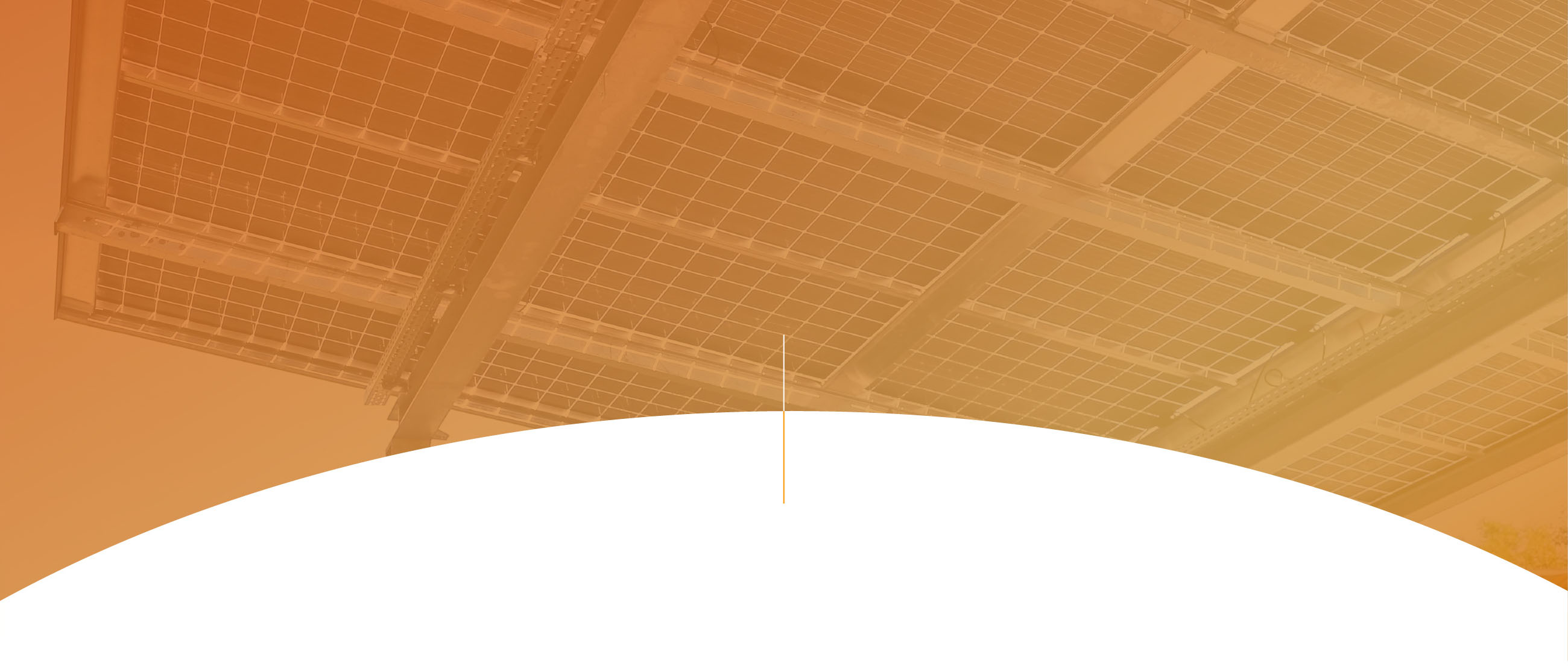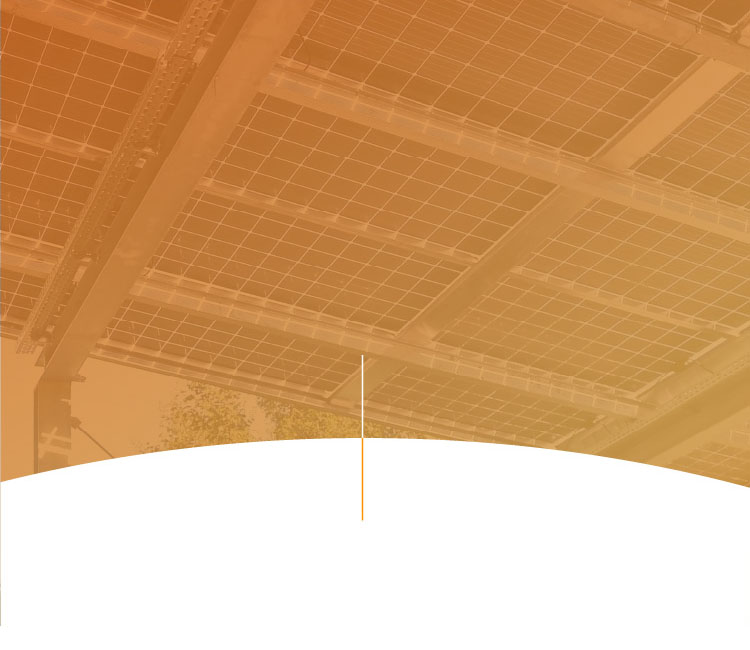
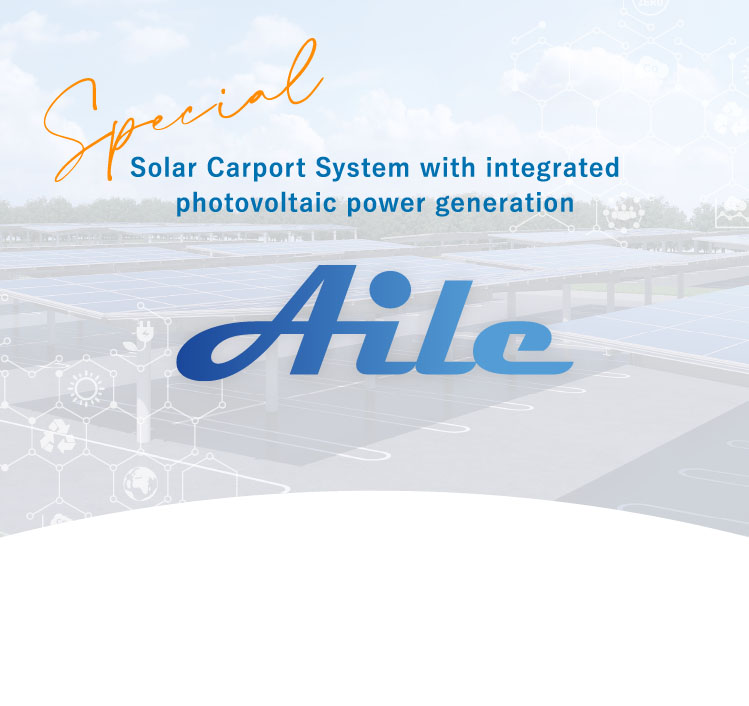
New solutions for the future of
our environment
WHAT IS Aile?
Aile is our solar carport system with integrated photovoltaic power generation. "Aile" means "wing" in French.
It is named by its unique pillar and structure design, which forms the roof of the carport and supports the solar panel like a "wing".
The Aile Series is fitted with double-sided photovoltaic modules.
As the area under the panels is used as a parking space, the design complies with the Building Standard Law's building permit application requirements.

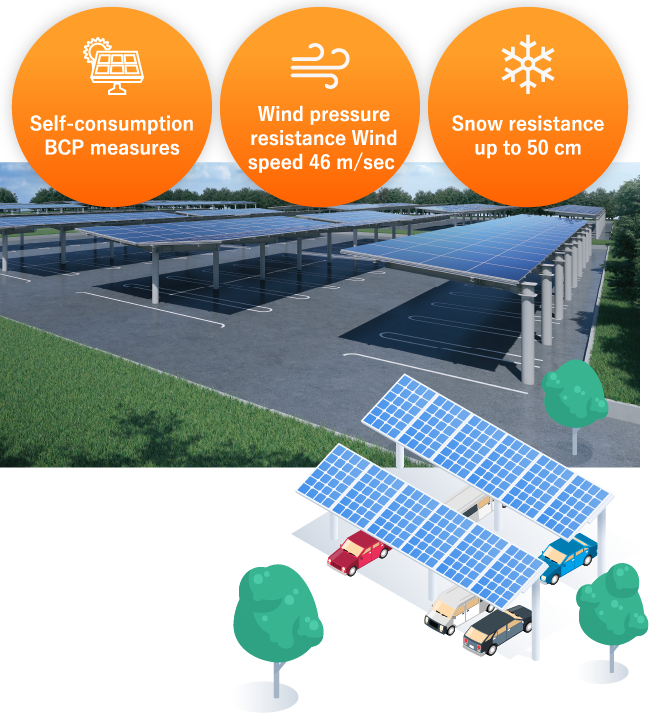
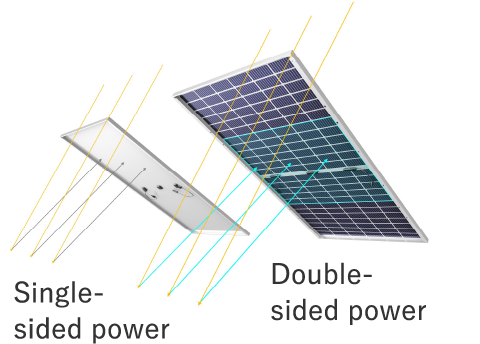
Double-sided photovoltaic modules

The use of double-sided photovoltaic modules means that both light hitting the surface as well as the back of the module (such as reflected light from the ground surface) is converted into electricity. As a result, the amount of electricity generated can be higher than with standard modules, which generate electricity on only one side of the module.
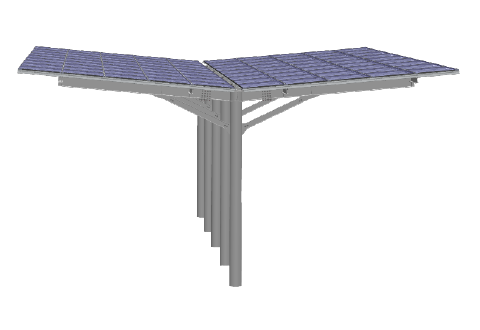
Uniquely designed
single-row pillar structure
of the carport body

The unique structure supporting the solar modules on only one row of pillars has greatly improved the functionality and installation of the carport, as well as the economic efficiency of the construction cost.
This unique structure allows the carport to be used in a variety of configurations, including diagonal parking spaces. Existing lanes can continue to be used.
Aile's FOUR
KEY FEATURES
The 'one-pillar' design offers a range of advantages in terms of installation and use. The designs come in a wide range of variations and can accommodate parking spaces ranging from a few to several thousand cars.
Easy to install,
low construction costs
Aile is constructed using the cast-in method with a single row of support columns, cantilevered or bilateral.
Compared with conventional front/rear two-post and rear two-post types, Aile is easier to install. It also reduces construction costs by minimising the total area of asphalt excavated and repaired and the amount of waste soil disposed of.
*Can also be used on concrete foundations if there are buried pipes, and so on.
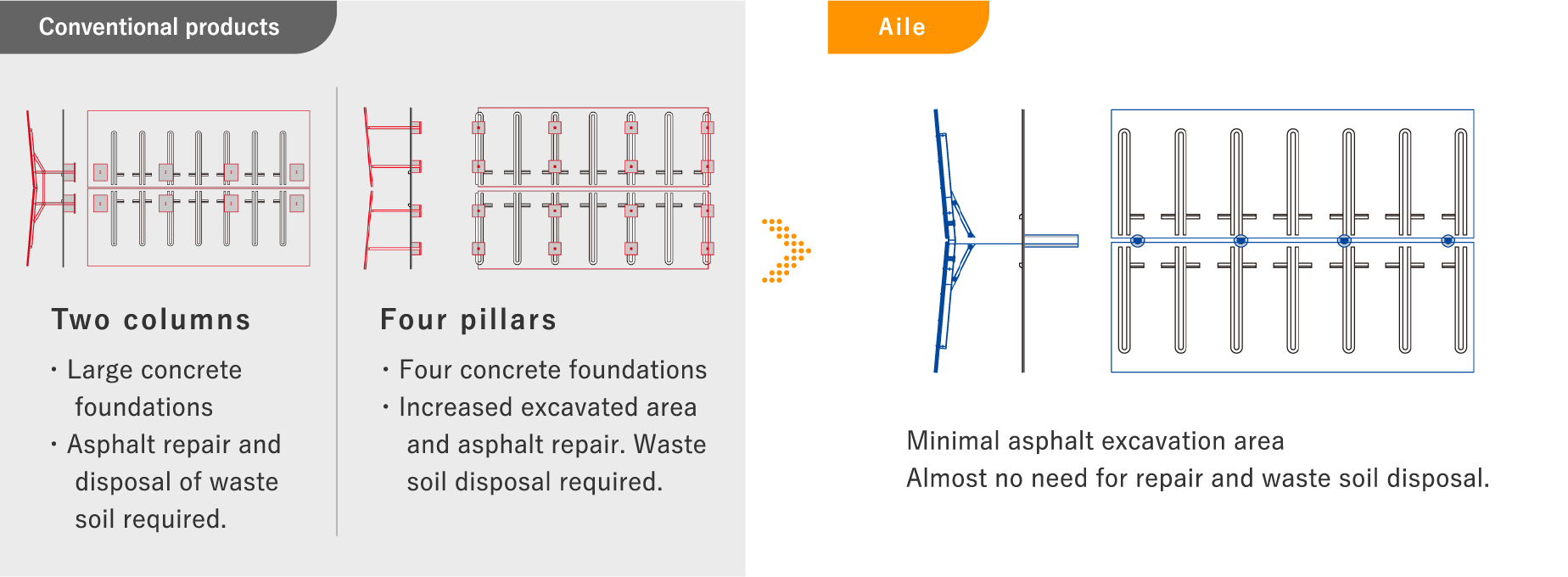
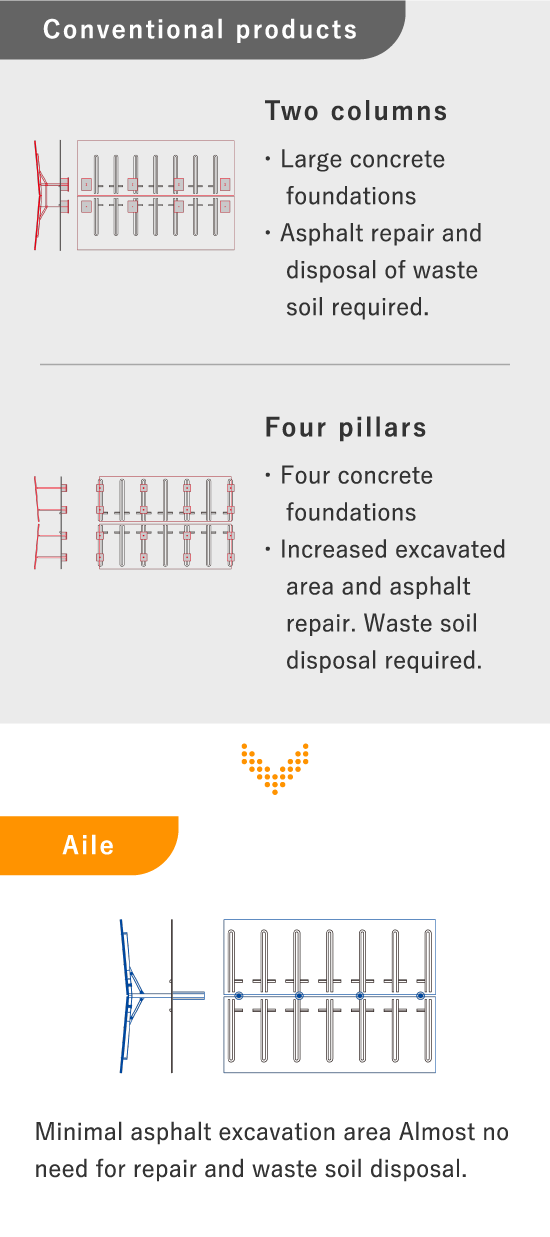
Easy vehicle entry
and exit
The Aile has a row of posts that stand outside the parking area, making it easier for vehicles to enter and exit, and for doors to open and close, thus reducing the risk of collisions.

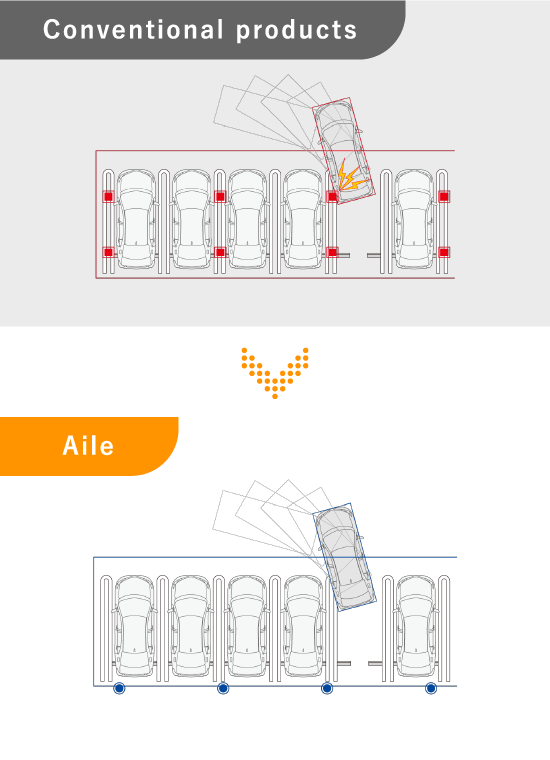
Existing lanes
can be used
Conventional products with two rows of posts depend on the size of the solar modules and stand inside the parking area. Therefore, they do not necessarily match the size and pitch of the existing lanes, which may lead to major modifications of the parking grid and increase the cost of construction.
In contrast, Aile, with its single row of posts, stands outside the parking area, so existing lanes can be used almost without modification. This saves the cost of redrawing lanes.

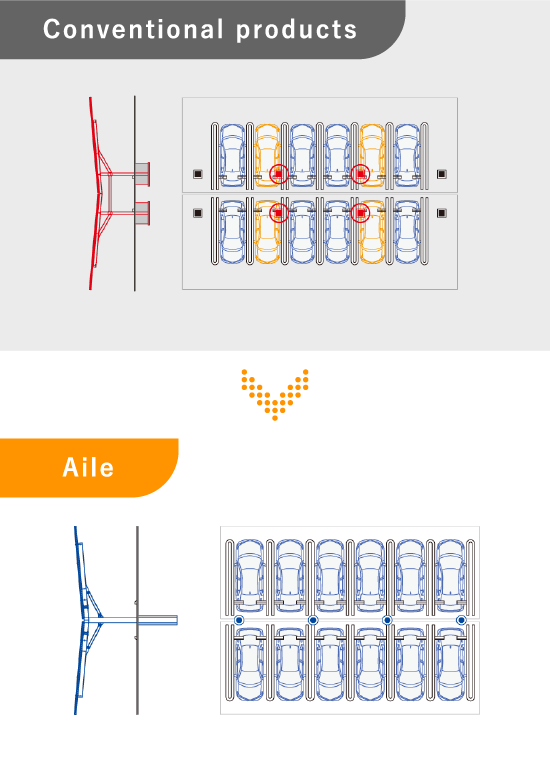
Accommodates diagonal parking
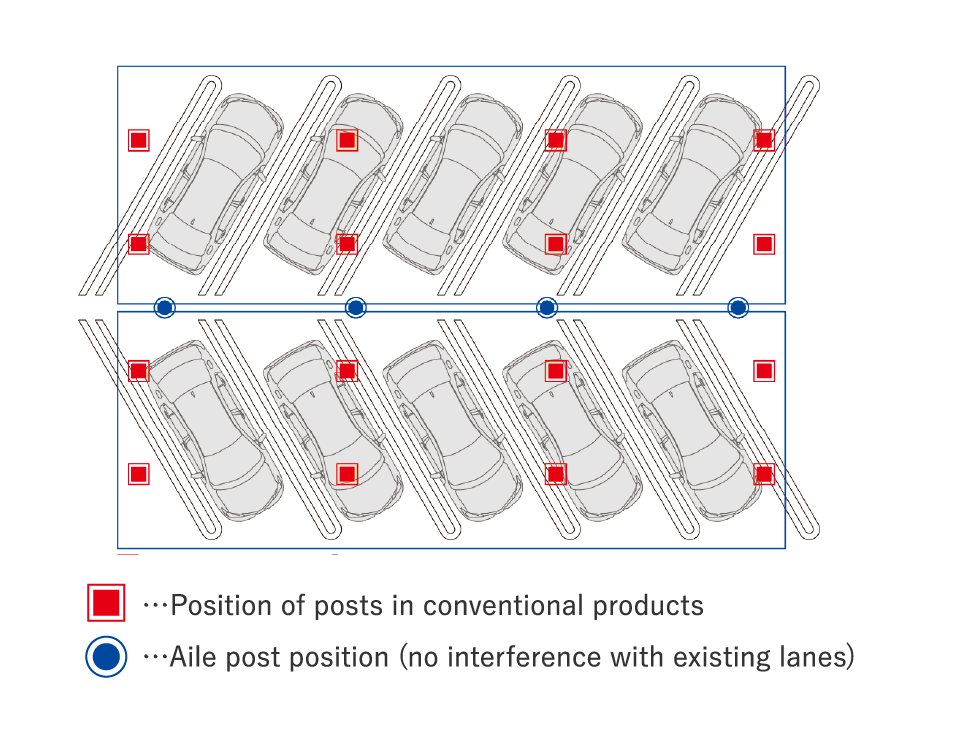
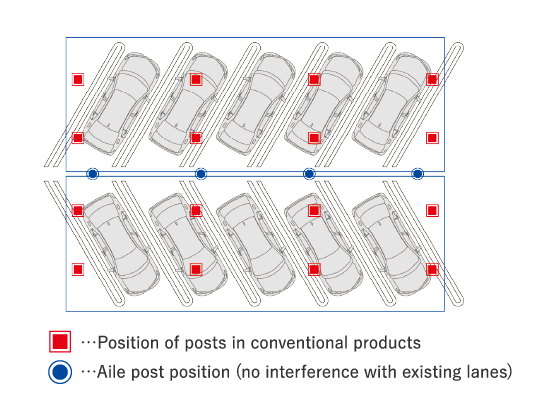
Conventional products with two rows of posts stand inside the parking area and can hardly accommodate diagonal parking lanes.
Aile, with its single row of posts standing outside the parking area, can accommodate diagonal parking.
It can also be used for 'V-shaped parking spaces', which have been introduced in service areas in recent years.
Here's what
Aile can do for you
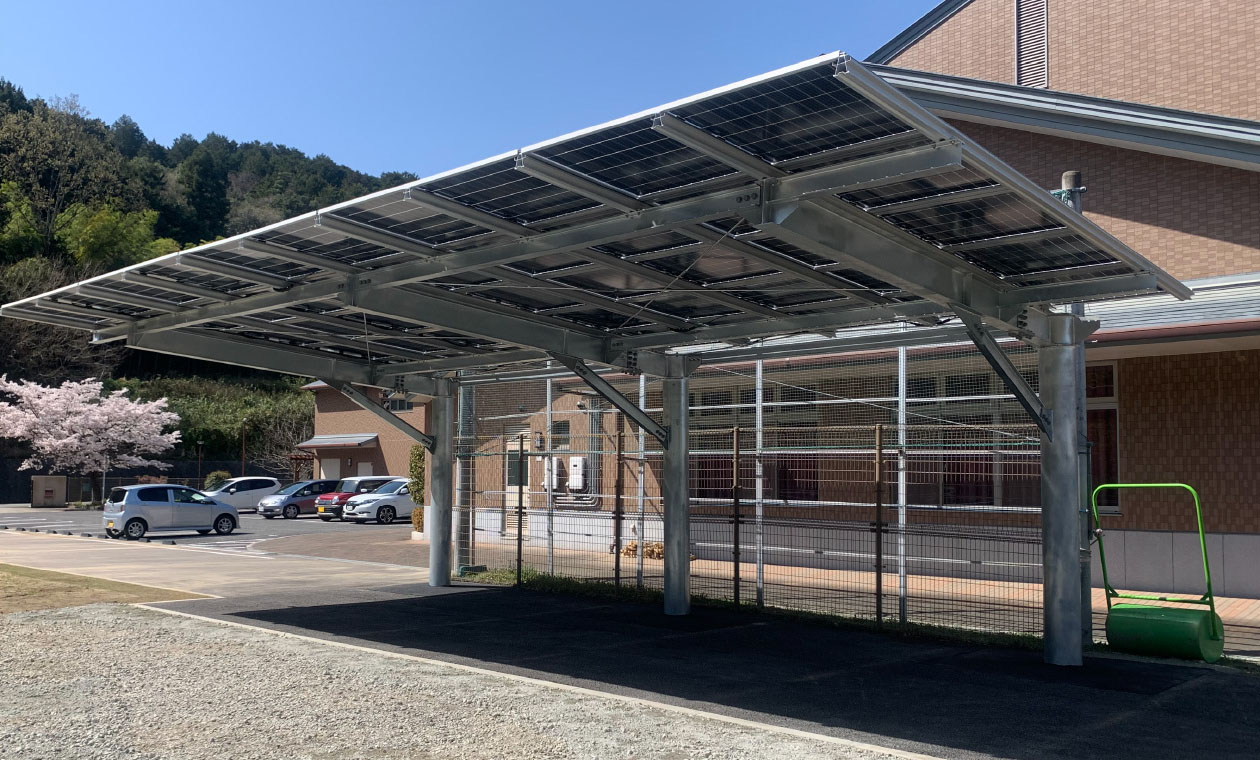
If it is difficult to install solar panels on the roof, but you still want to generate solar power
When considering the installation of solar panels on the roof of a building, there are cases where this is not feasible due to concerns about the building's earthquake resistance or the lack of structural strength in the roof base.
Aile is designed on the premise that the solar panels themselves will be used as roofing material, so there is no need to worry about insufficient structural strength.
The parking space of any facility can also be used to generate solar power.
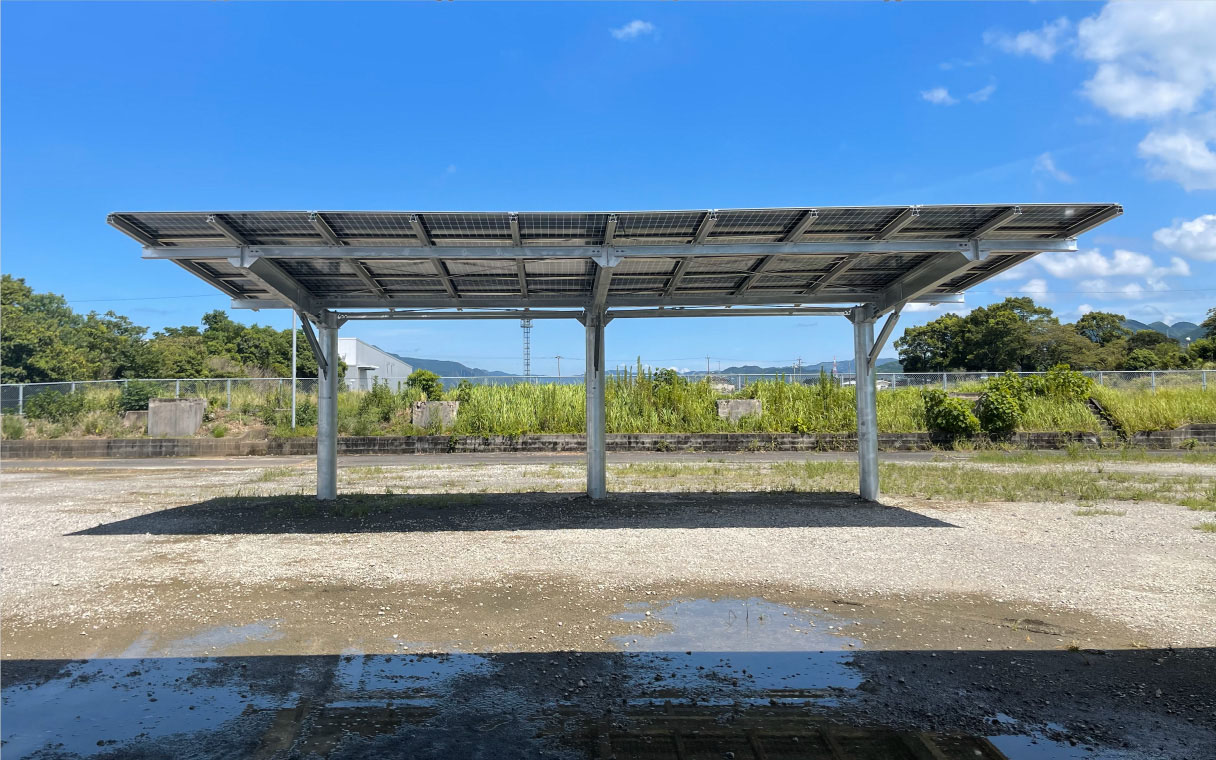
If you already have solar panels on your roof but want to produce more electricity
To increase the amount of electricity generated, you need to increase the number of solar panels. However, installing solar panels on the roof of a building requires a considerable roof area. Also, the number of solar panels that can be installed on a rooftop may be limited due to the number of outdoor AC units or structural problems. In cases where it is not possible to add more solar panels to the roof of a building, introducing a solar carport can increase the overall amount of electricity you produce.
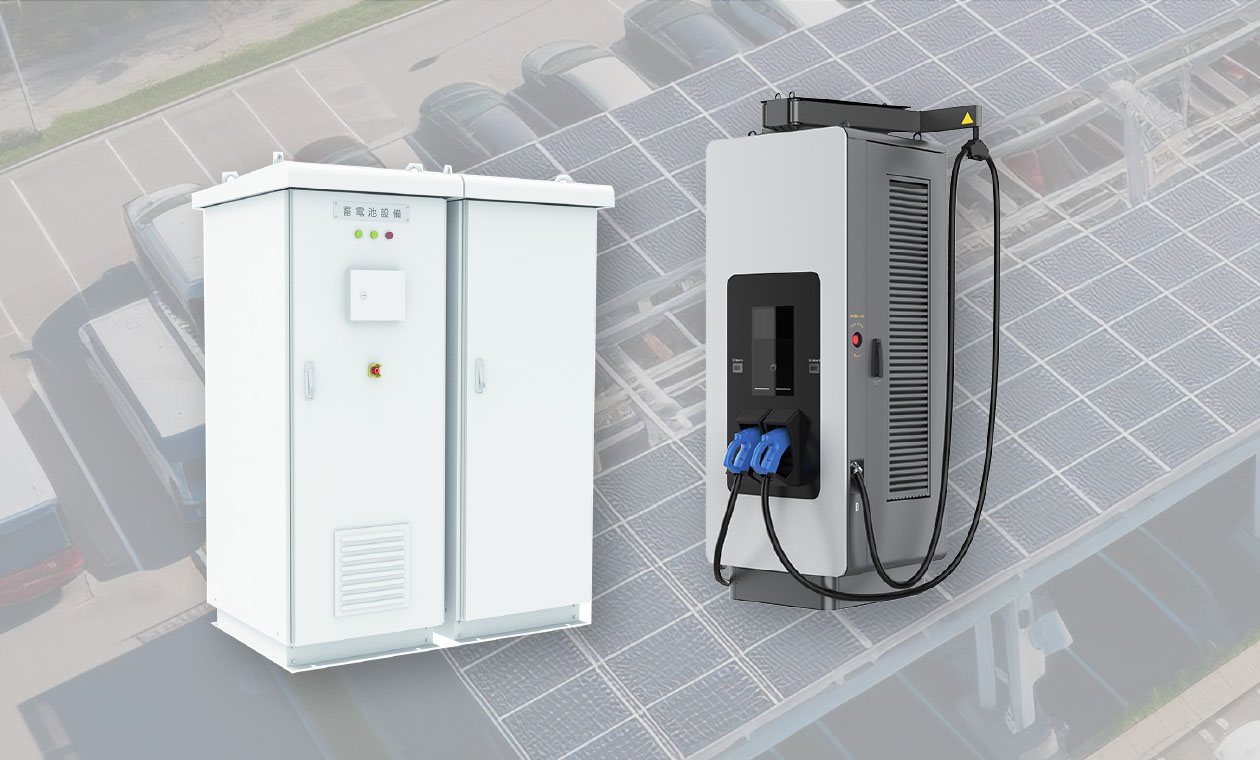
If you want to link up your EV charger and energy storage system
In recent years, demand for electric vehicles has increased rapidly as environmental regulations have progressed, particularly in the USA and Europe, to combat global warming. Japan also aims to achieve carbon neutrality by 2050, and has set a target of 50% penetration of electric vehicles including hybrid vehicles (PHV) and fuel cell vehicles (FCV) by 2030 as part of the 'ZEV Promotion Programme'. Solar carports with EV outlets, battery storage and quick chargers allow EVs and other electric vehicles to be recharged while they are parked.
EXAMPLE OF
INSTALLATION
PROCEDURE
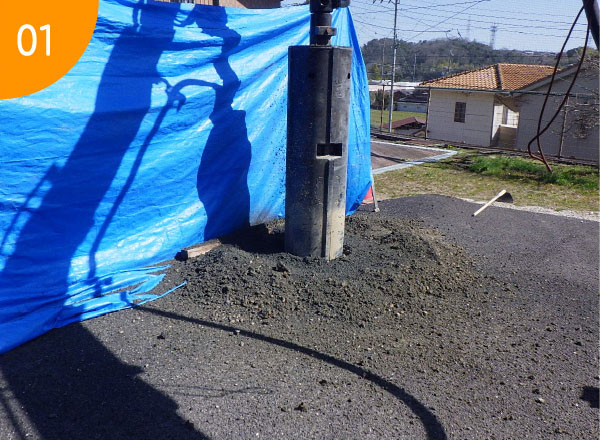
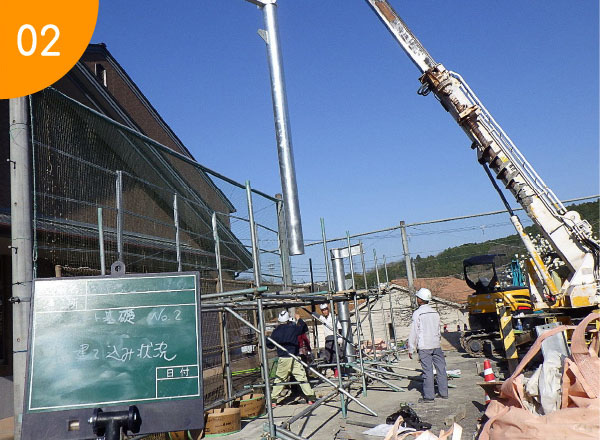
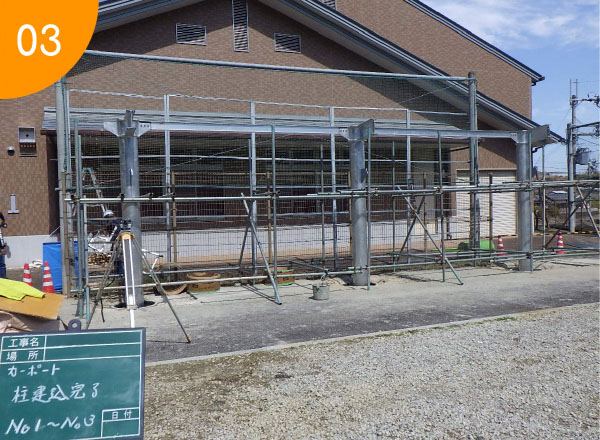
adjustment and temporary fixing
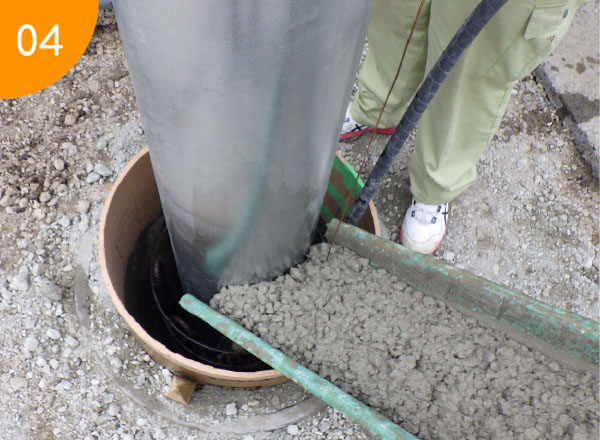
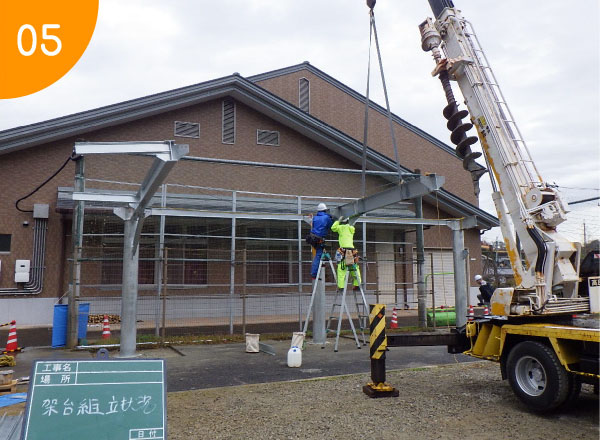
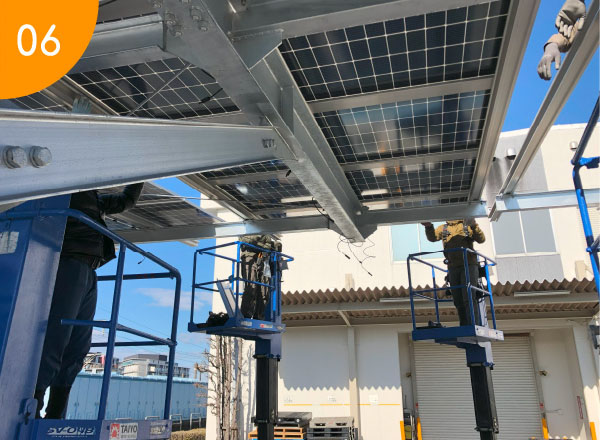
construction examples
construction examples
ABOUT
INSTALLING Aile

Solar carports are 'buildings'
and require a building permit.
Solar carports are often misunderstood because photovoltaic installations such as land-anchored solar panel mountings are not classified as buildings※, but solar carports are. Therefore, as with the construction of a normal building, a building permit application and construction supervision are required after design by a qualified person in accordance with the Building Code, Fire Code and other laws and regulations.
*Photovoltaic installations (solar panel mountings) are treated as not falling under the category of buildings, provided that "no persons are allowed underneath the mountings except for maintenance, and the space underneath is not used for (omitted) work, assembly, (omitted) storage of goods (omitted) or other indoor uses". (Ministry of Land, Infrastructure and Transport, National Housing Directive No. 4936, 25 March 2011)
Elements relevant to
the size of solar carports
that can be installed
Pay attention to the 'building coverage ratio', which determines the building's proportion
According to the Building Standards Act, the area of a solar carport is included in the calculation of the 'building coverage ratio', which indicates the ratio of building area to site area.
For example, if the building coverage ratio is specified as 60%, it means that buildings of up to 60 ㎡ can be built on a 100 ㎡ site.
The building-to-land ratio varies from region to region and is determined by the local government, in combination with the Urban Planning Act and other laws. Confirmation with the local authority is necessary.
Floor-area ratio also needs to be
taken into account
In addition to the building coverage ratio, the 'floor-area ratio' is another factor to pay attention to.
The floor-area ratio is the ratio of the floor area of a building to the site area.
It is a figure calculated by adding up all the floor areas of a building, and the higher the number of floors (the higher the building), the higher the figure.
The floor-area ratio is set by the municipality according to the use of the land and the nature of the district (commercial district, residential district, etc.).
You must apply in advance to have confirmation that the building complies with the above-mentioned 'building coverage ratio', 'floor-area ratio' and relevant laws. This procedure is called 'building permit'. A building permit is required for buildings with a floor area of 10 ㎡ or more, and in the case of solar carports is used to calculate the area between the posts.
Solar carports fall under the category of 'buildings' and
therefore require a building permit application.
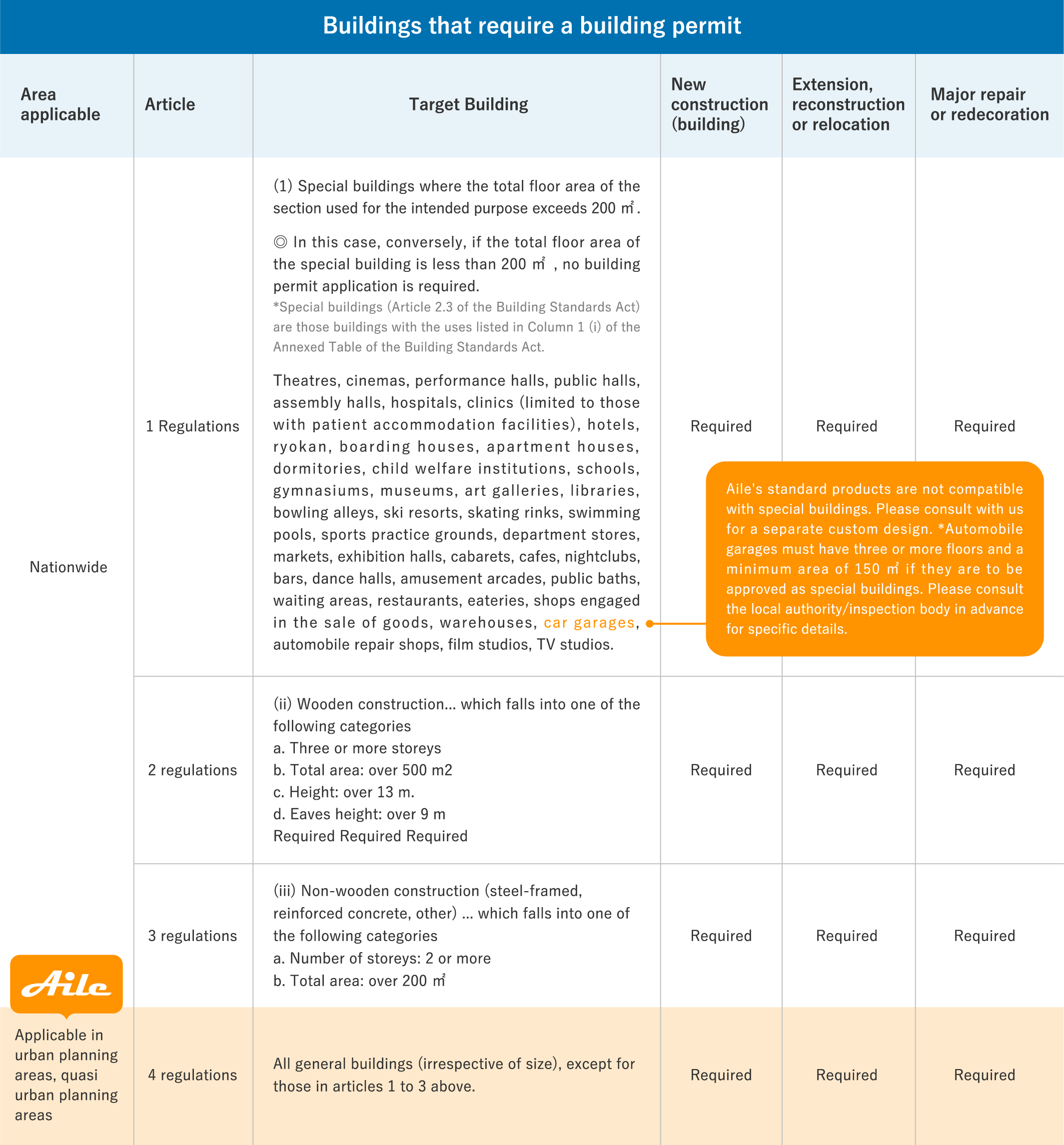
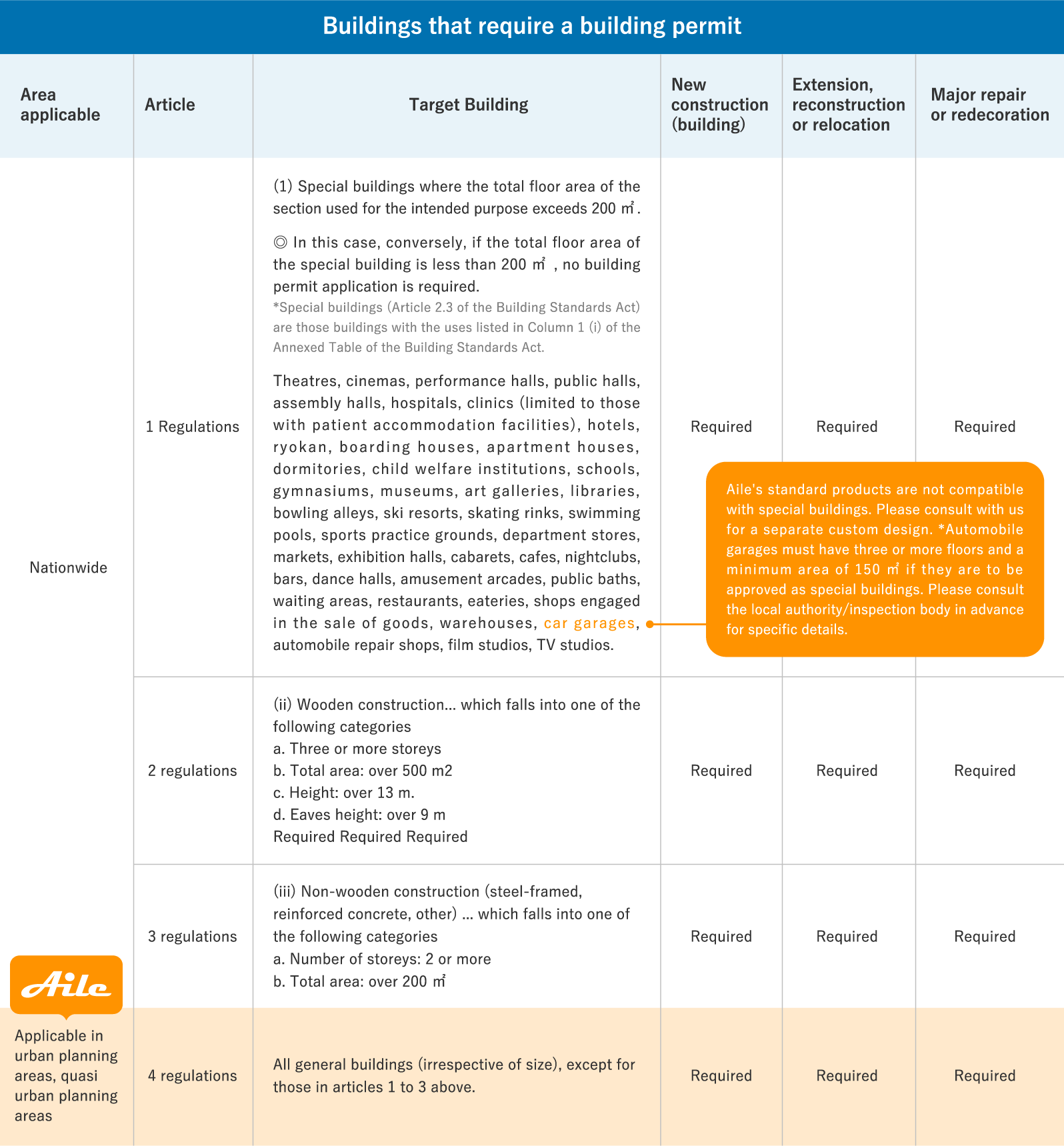
Information required when
applying for a permit


Make sure to consult a qualified professional (architect) as the information required depends on the municipality you live in, the shape of the site, and other factors.
Where to consult for
permit application, design
and supervision
If the scale, structure or use of the building falls under any of the following categories, it cannot be built without the design and supervision of an architect. In addition, anyone who designs and supervises [Aile] and acts as an agent for the procedures must be registered as an architect's office. (Architect Act)
When constructing a new building, the Architect Act stipulates the scope of buildings for
which only a registered architect may design or supervise the construction work.
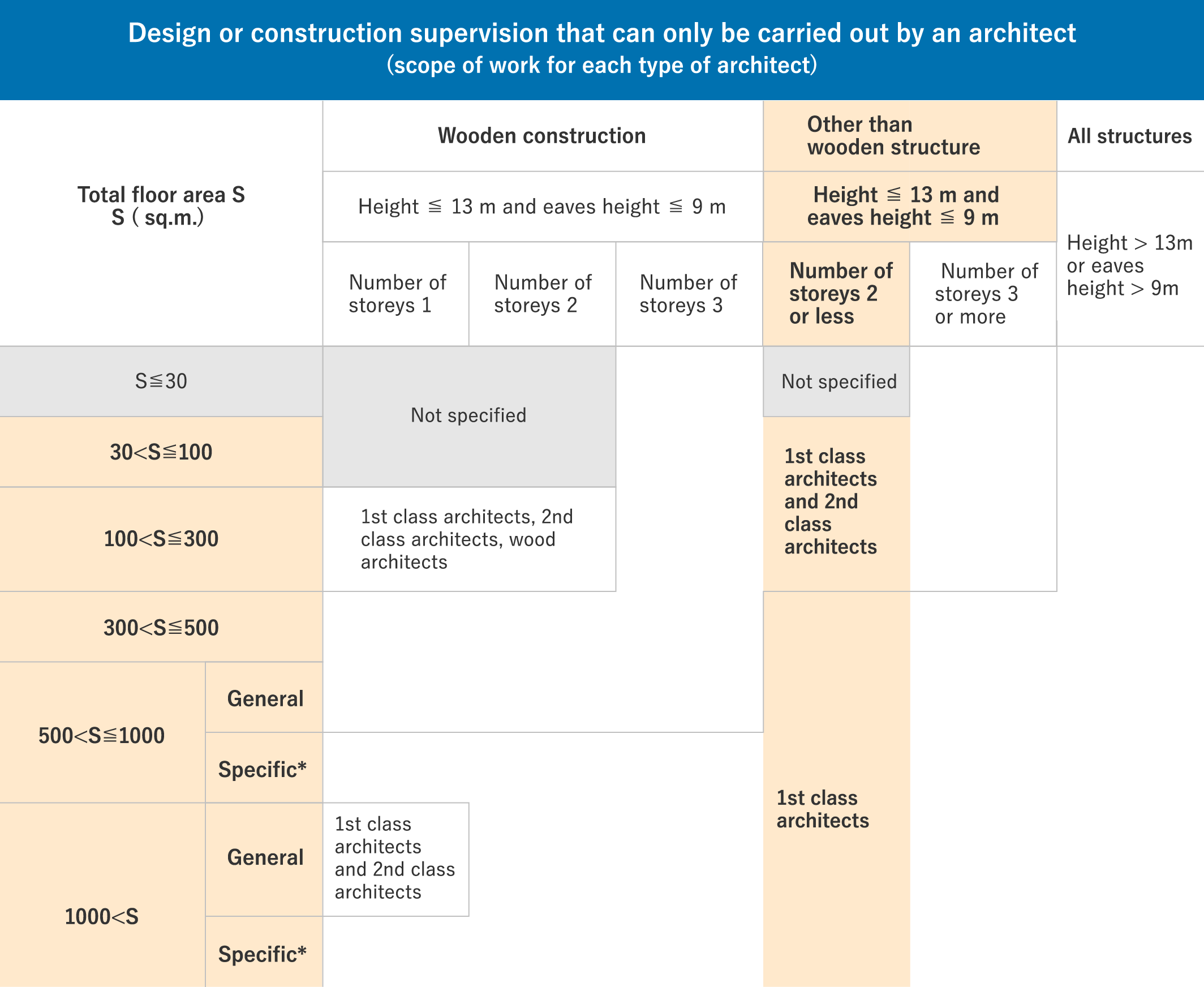
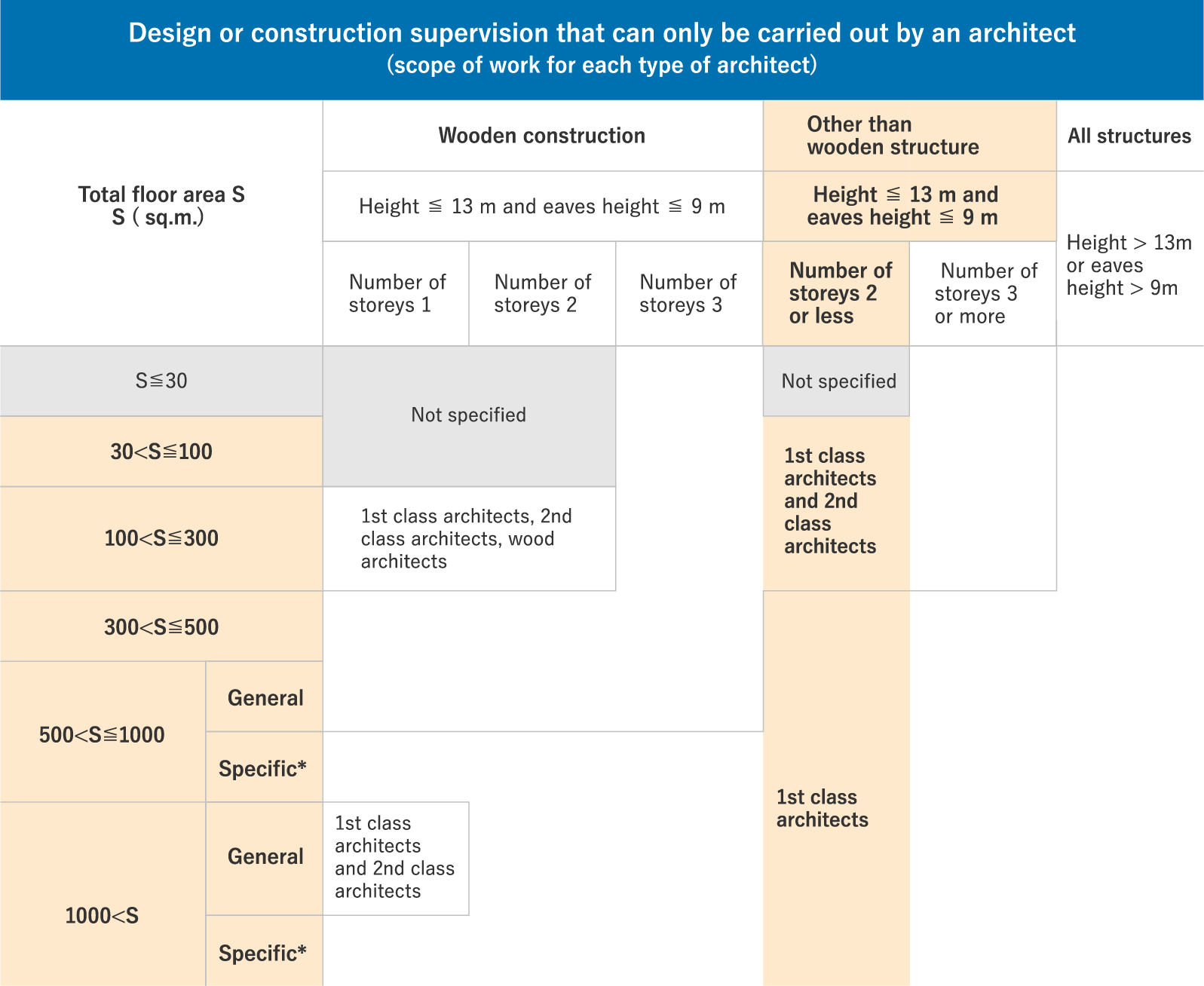
FLOW OF Aile
INSTALLATION


